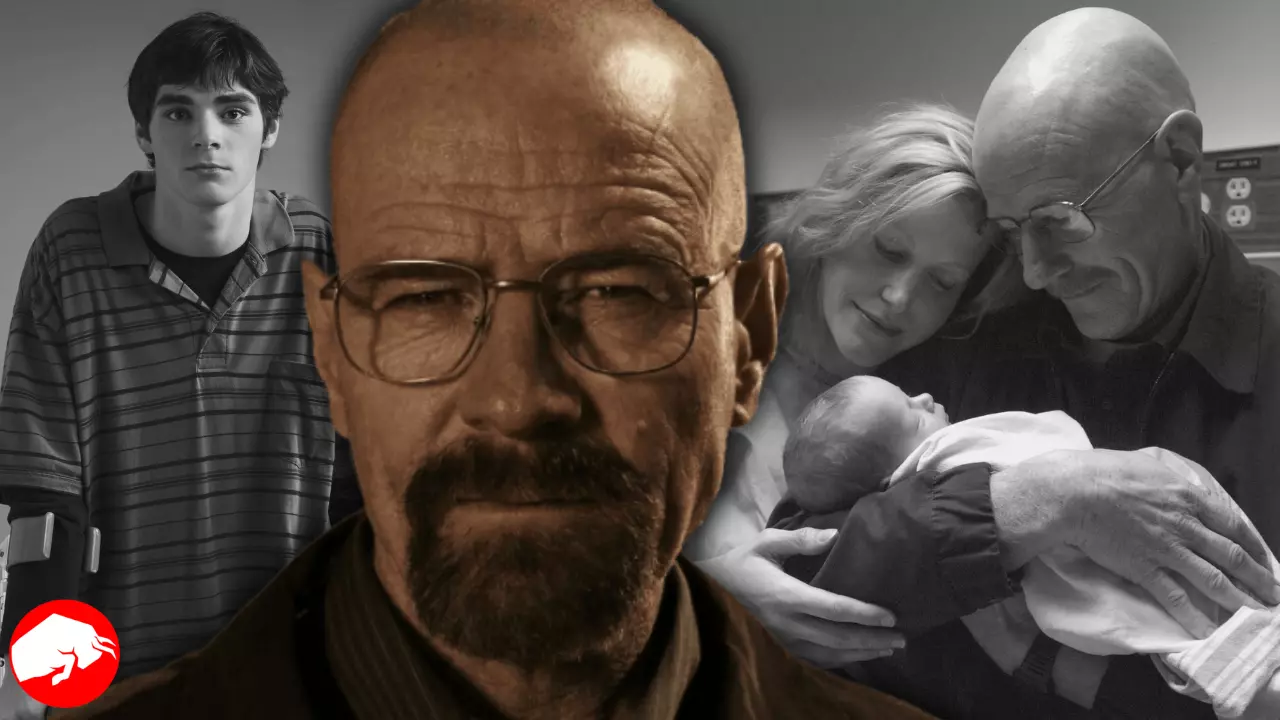In the pantheon of television dramas, few have resonated with audiences quite like “Breaking Bad.” While the show’s gripping plot and complex characters are undeniably part of its allure, another element sets it apart: its treatment of science. “Breaking Bad” did more than just entertain; it subtly altered pop culture’s perception of science, particularly chemistry, by showcasing it in accurate and theatrical ways.
The Intersection of Fiction and Reality
From its inception, “Breaking Bad” walked a fine line between science’s realities and drama’s needs. The series showcased a high school chemistry teacher turned methamphetamine manufacturer, Walter White, using his knowledge to climb the criminal underworld. This premise alone blurred the lines between the ethically grey areas of science’s potential misuses. The show’s commitment to portraying chemistry with a certain degree of authenticity was evident, and this was well-explained in the real science behind “Breaking Bad”.
Chemistry: The Unlikely Protagonist
Before “Breaking Bad,” chemistry was often relegated to the background in pop culture or used as a trope for the stereotypical nerd. However, under the masterful guidance of Vince Gilligan, chemistry became an integral character. Walter White’s love for the subject and his transformation into Heisenberg showcased how passion, when combined with desperation, could lead one down a perilous path. The detailed portrayal of the meth-making process, while not always 100% accurate, offered viewers a glimpse into the intricacies of chemistry.
Its ensemble cast further highlighted the show’s commitment to representing science, each bringing a unique dimension to the story. The varied personalities and backgrounds of the “Breaking Bad” cast enriched the narrative, with science acting as a binding agent.
Science in the Living Room
One of the more subtle impacts of “Breaking Bad” was how it brought complex scientific concepts into everyday discussions. Suddenly, terms like “chiral molecules” and “precursors” were being discussed at dinner tables and water coolers. The show didn’t shy away from delving into the nitty-gritty of the processes, challenging its viewers to think, learn, and sometimes even research on their own.
This increased interest in science wasn’t confined to just informal discussions. As detailed in the exploration of the impacts of “Breaking Bad” on modern chemistry education, the show influenced classroom discussions and curricula, proving that pop culture can indeed shape educational approaches.
Debunking the “Mad Scientist” Trope
Breaking Bad also tackled the age-old trope of the “mad scientist.” While Walter White did descend into moral ambiguity, the show highlighted that his actions were a product of circumstance rather than inherent madness stemming from his scientific background. Walter’s transformation was a commentary on human nature, societal pressures, and the lengths to which a person would go when backed into a corner.
Science as Art
The artistic cinematography of “Breaking Bad” was often married to its scientific elements. Be it the crystalline beauty of the blue meth or the visually stunning chemical reactions, the show painted science in an aesthetically pleasing light. This artistic portrayal demystified science, making it accessible and appealing to the masses.
The Legacy of “Breaking Bad”
“Breaking Bad” was more than just a show about drugs and crime; it was a deep dive into the human psyche, societal constructs, and science’s role in shaping our world. The series reshaped pop culture’s perception of science by intertwining gripping drama with scientific accuracy (and the occasional dramatic flourish). It debunked myths, challenged stereotypes, and placed chemistry front and center, celebrating it not just as a subject but as an art form. The show’s legacy, thus, goes beyond its narrative; it lies in how it sparked curiosity, discussions, and a newfound appreciation for the beauty and complexity of science.









